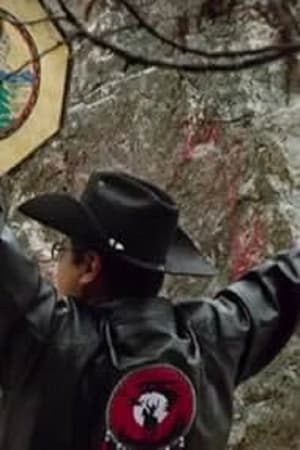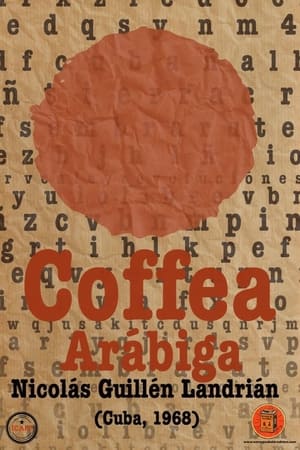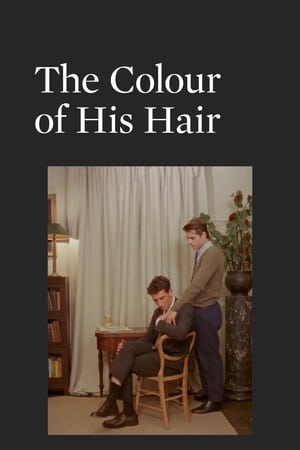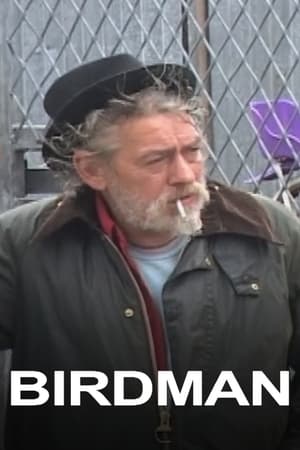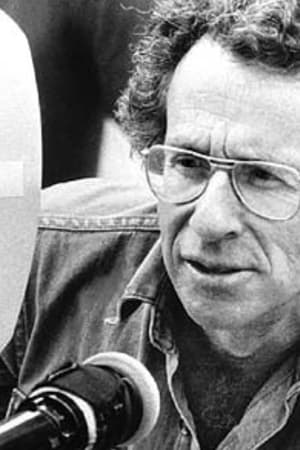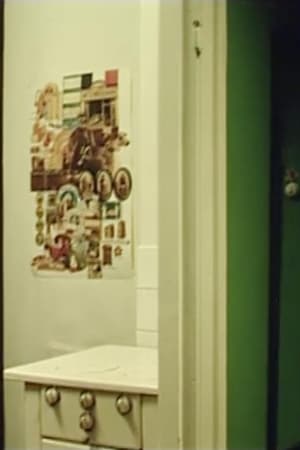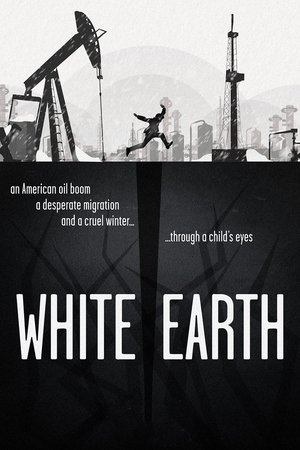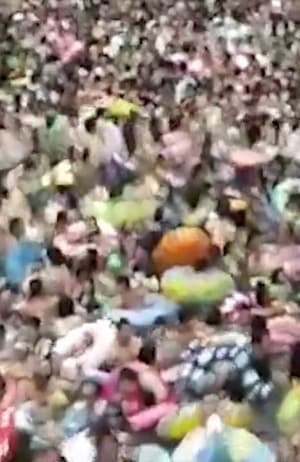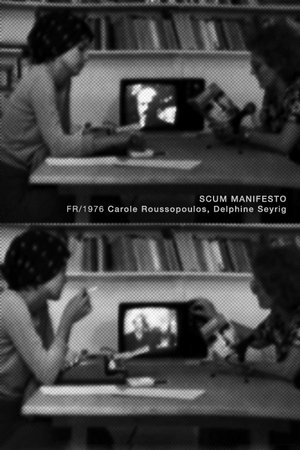Movie: The Spirit of the Tsilqot'in People is Hovering over the Supreme Court
HomePage
The Spirit of the Tsilqot'in People is Hovering over the Supreme Court
Overview
The Tŝilhqot’in Nation is represented by six communities in the stunningly beautiful interior of British Columbia. Surrounded by mountains and rivers, the Tŝilhqot’in People have cared for this territory for millennia. With increasing external pressures from natural-resource extraction companies, the communities mobilized in the early 21st century to assert their rightful title to their lands. Following a decision by the Supreme Court of British Columbia in 2007 that only partially acknowledged their claim, the Tŝilhqot’in Nation’s plight was heard in the Supreme Court of Canada. In a historic decision in 2014, the country’s highest court ruled what the Tŝilhqot’in have long asserted: that they alone have full title to their homelands.
Release Date
2023-12-01
Average
0
Rating:
0.0 startsTagline
Genres
Languages:
EnglishKeywords

